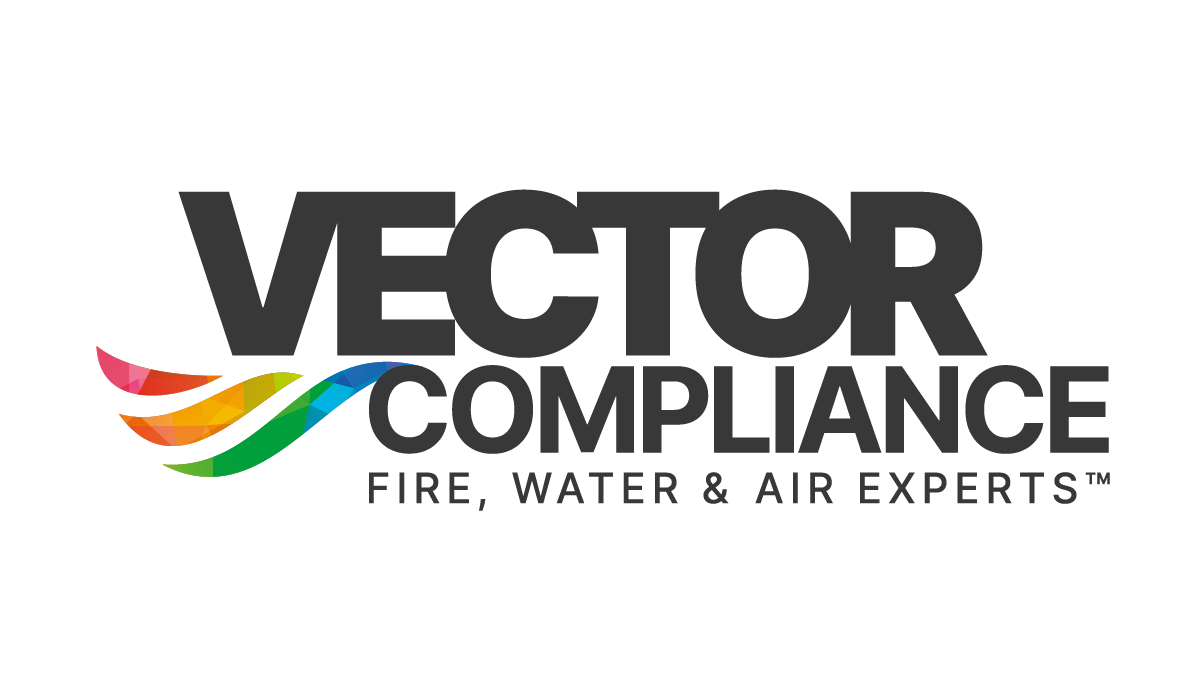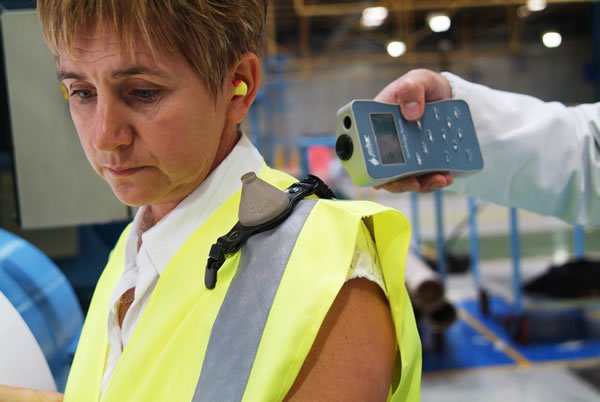Personal Exposure Monitoring
Personal Exposure Monitoring: Ensuring Health and Safety in the Workplace
Personal exposure monitoring plays a crucial role in ensuring the health and safety of workers in various industries. As an innovative approach to assessing the level of exposure to chemical, biological, and physical hazards, it provides accurate data that enables employers and employees to mitigate potential risks effectively.
The Importance of Personal Exposure Monitoring
Personal exposure monitoring offers a proactive approach to workplace safety by systematically assessing the concentration and duration of hazardous substances or agents to which an individual may be exposed. By collecting data directly from the individual rather than relying solely on ambient measurements, this monitoring technique provides a more accurate representation of an individual's actual risk.
The benefits of personal exposure monitoring extend beyond ensuring compliance with health and safety regulations. It enables employers to identify high-risk tasks, evaluate the effectiveness of control measures, and make informed decisions regarding employee protection. Moreover, it empowers employees by fostering awareness of potential hazards, enabling them to make safer choices and actively participate in maintaining a healthy work environment.
Implementing Personal Exposure Monitoring
To successfully implement personal exposure monitoring, employers must prioritize a comprehensive approach that encompasses the following essential steps:
1. Hazard Identification and Risk Assessment
Thoroughly identify and assess the chemical, biological, and physical hazards present in the workplace. This step involves analyzing safety data sheets, conducting workplace inspections, and consulting with experts to determine the potential impact on employee health.
2. Selecting Appropriate Monitoring Methods
Choose the appropriate monitoring methods based on the identified hazards, ensuring they are tailored to each specific situation. Depending on the nature of the hazard, monitoring techniques may include direct-reading instruments, passive samplers, or biomonitoring methods.
3. Setting Exposure Limits
Establishing appropriate exposure limits is crucial for evaluating personal exposure monitoring data. These limits should align with the regulatory requirements and recognized occupational exposure standards to ensure worker safety.
4. Conducting Monitoring and Data Collection
Implement the selected monitoring methods to measure personal exposure levels accurately. This task may involve individual sampling equipment, wearable technologies, or real-time monitoring devices, depending on the nature of the hazard. Ensure that the collection process accurately reflects the individual's typical activities and tasks.
5. Data Analysis and Interpretation
Thoroughly analyze the collected data to assess individuals' exposure levels. Compare the results against the established exposure limits to identify areas of concern and prioritize action plans for risk reduction.
6. Implementing Control Measures
Based on the analysis and interpretation of the monitoring data, implement control measures to mitigate exposure risks. This may include engineering controls, administrative controls, and personal protective equipment (PPE).
7. Regular Review and Improvement
Continuously review and improve the personal exposure monitoring program. Incorporate lessons learned from monitoring activities, update exposure limits as required, and ensure that control measures remain effective in reducing risk.
Conclusion
Personal exposure monitoring is the cornerstone of effective workplace health and safety programs. By implementing this proactive approach, employers can accurately evaluate employees' exposure to hazardous substances or agents, paving the way for the implementation of effective control measures. With a comprehensive personal exposure monitoring program in place, businesses can ensure the wellbeing and safety of their workforce, fostering a culture of health and productivity.

